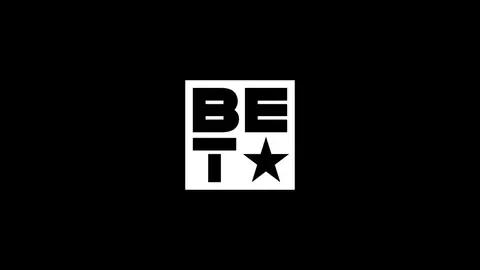African-American LGBT Youth Face Bullying and Discrimination in School

Ever since the Rutgers college student Tyler Clemente killed himself for the anti-gay bullying he received from his roommate, the media has been more focused than ever on reporting suicides within the lesbian, gay, bisexual and transgender (LGBT) community. And that's a good thing, because bullying isn't mere "child's play."
However, most of this coverage has focused solely on white LGBT students. When Carl Joseph Walker-Hoover, an 11-year-old from Massachusetts, hung himself because he could no longer take the bullying at his school, the media somehow forgot to show up. And this can be problematic, because this lack of attention continues to play into the notion that the concerns of gay people, including bullying and intimidation, are "white" problems.
Thankfully, a new article from the Center for American Progress reminds us that this problem is in our own backyards.
In the article, “The Kids Are Not Alright: The Plight of African American LGBT Youth in America’s Schools,” Danielle Moodie-Mills, the organization’s advisor for LGBT Policy and Racial Justice, highlights the fact that African-American gay youth face some of the most hostile treatment in our nation’s schools; she highlights the existing research, and hones in on why all students need safe spaces.
Moodie-Mills writes:
“F*****,” “d***,” and “g**” (used in a derogatory manner) are just a few of the negative insults that 85 percent of black LGBT students say they hear daily in the hallway at school. Another 47 percent of these students also hear racist insults during an average school day.
Taken together, the numbers suggest that it is likely rare for a day to go by when a Black LGBT student is not verbally harassed — or worse — by their peers. The self-esteem of teens is fragile enough without the constant degradation and fear of violence regularly forced upon them because of their actual or perceived sexual orientation or gender identity, or their race.
How can a student concentrate on an exam when they fear for their safety? Simply put, they can’t.
Other findings:
— New research, conducted by the American Sociology Association, found that consistent bullying significantly lowers GPA among high-achieving Black and Latino students. Another report found that the achievement gap is wider among LGBT youth of color who are bullied with GPAs a half (.5) point lower than students who do not experience harassment in school.
— About 25 percent of Black LGBT students have missed at least one full day in the past month because they felt unsafe or uncomfortable compared to just 6.3 percent of all Black youth and 3.5 percent of all white youth.
— Black LGBT students, especially those who attend schools with mostly black students, are less likely to have affirming programs such as Gay-Straight Alliances (GSAs).
For Moodie-Mills, the takeaway is obvious: “Schools are supposed to be environments where students feel safe and gain the skills necessary for success." Clearly, we have a lot of work to do.
To learn more about anti-gay bulling, what you can do about it, and how to start a Gay-Straight Alliance at your school, go to the Gay Lesbian Straight Education Network.
(Photo: UPN /Landov)





